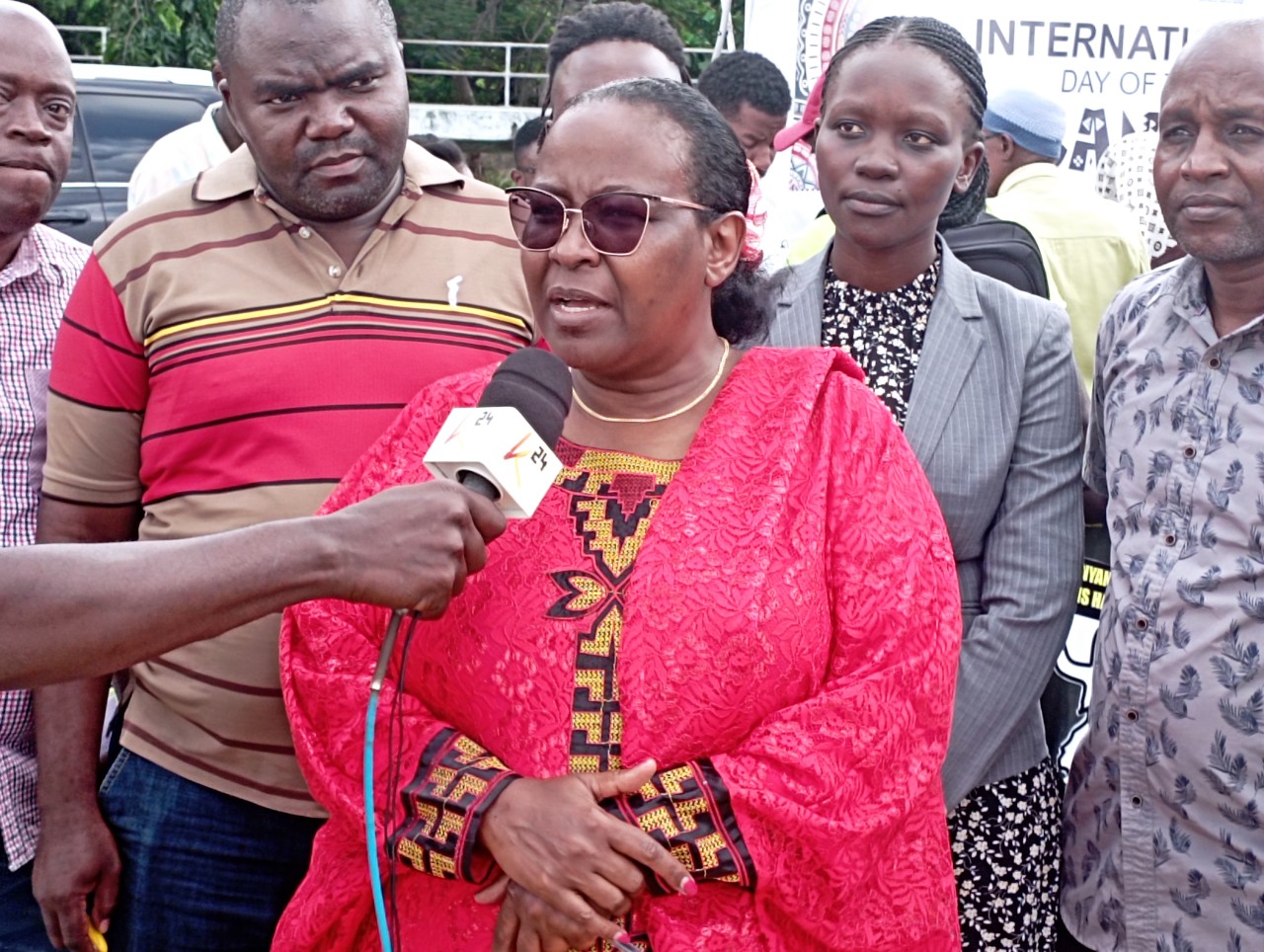With a Sh154 billion decrease in the anticipated amount of borrowing during his first
budget as president, William Ruto has taken the first audacious move to slow down on
borrowing.
The National Treasury suggests borrowing Sh695 billion in the draft Budget Policy
Statement (BPS) 2023, a decrease from the Sh849 billion the government is anticipated
to borrow in the fiscal year ending in June.
This would slow the rate at which Kenya’s public debt is accumulating, which has
increased by an average of Sh1 trillion per year over the last three years, from Sh6.69
trillion in June 2020 to Sh7.69 trillion in June 2021 to Sh8.59 trillion by June of last
year.
Treasury states in the draft BPS that it intends to lower the budget deficit from 5.8% of
GDP in 2022–2023 to 4.30% of GDP in 2023–2024. The budget deficit is the negative
balance on all government receipts and expenditures throughout a fiscal year. When the
government’s anticipated spending exceeds its expected earnings, credit is required to
close the funding gap.
According to the Treasury, borrowing of Sh496.6 billion (equal to three percent of GDP)
from the domestic market and Sh198.6 billion (corresponding to 1.2% of GDP) from
external sources will finance the budget deficit for 2023–2024.
The public debt as a percentage of GDP is expected to drop from 65.7% by October 2022
to 51% by 2026, according to Treasury projections.
With the Present Value of foreign debt-to-export and Public and Publicly Guaranteed
debt-service-to-exports indicators beyond the thresholds, the International Monetary
Fund warns that, while Kenya’s debt is still manageable, country faces a high risk of debt
distress.
President Ruto has been vociferous against the government’s borrowing binge since
taking office, promising to only borrow to fund development programs while increasing
local income to reduce the need for borrowing. This borrowing binge has resulted in a
significant burden for taxpayers.
Treasury predicted last year that debt service would surpass Sh1 trillion during this
fiscal year, underscoring the growing burden the nation’s current Sh8.7 trillion in debt is
placing on taxpayers. Nearly half of this debt is external, making it more susceptible to
deteriorating trends in the value of the local currency.
The government expects to reduce spending as a percentage of GDP from 23.3% this
fiscal year to 22.4% in 2023/24. However, spending will increase from Sh3.39 trillion to
Sh3.64 trillion in nominal terms.


